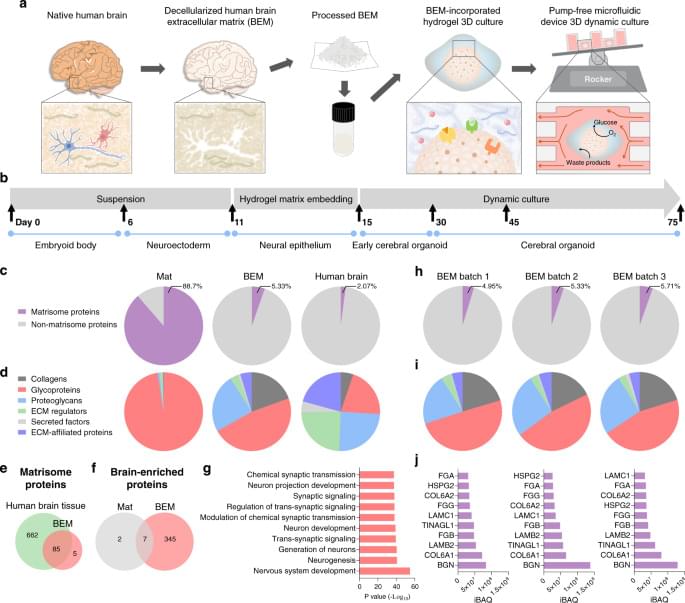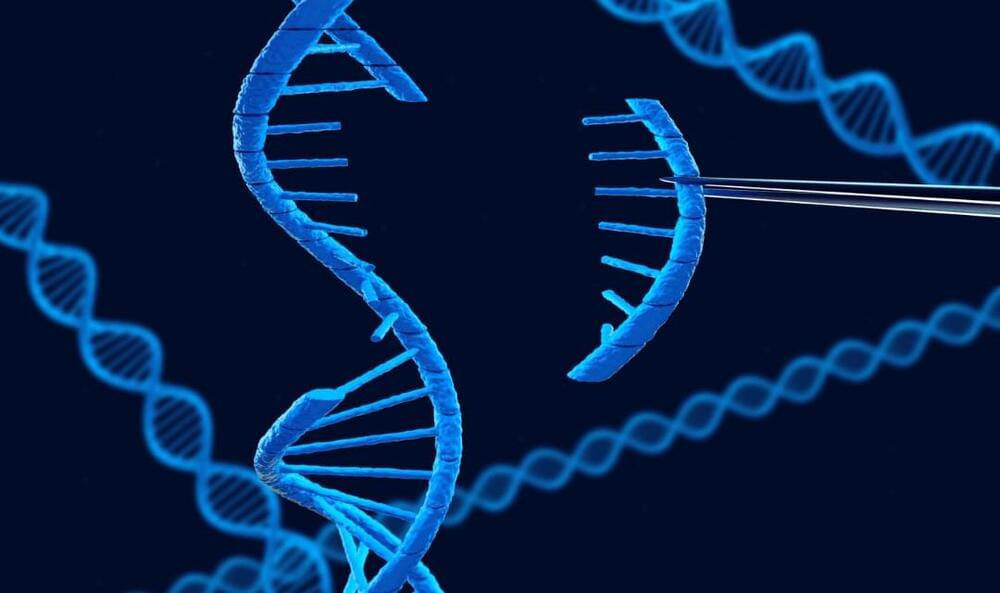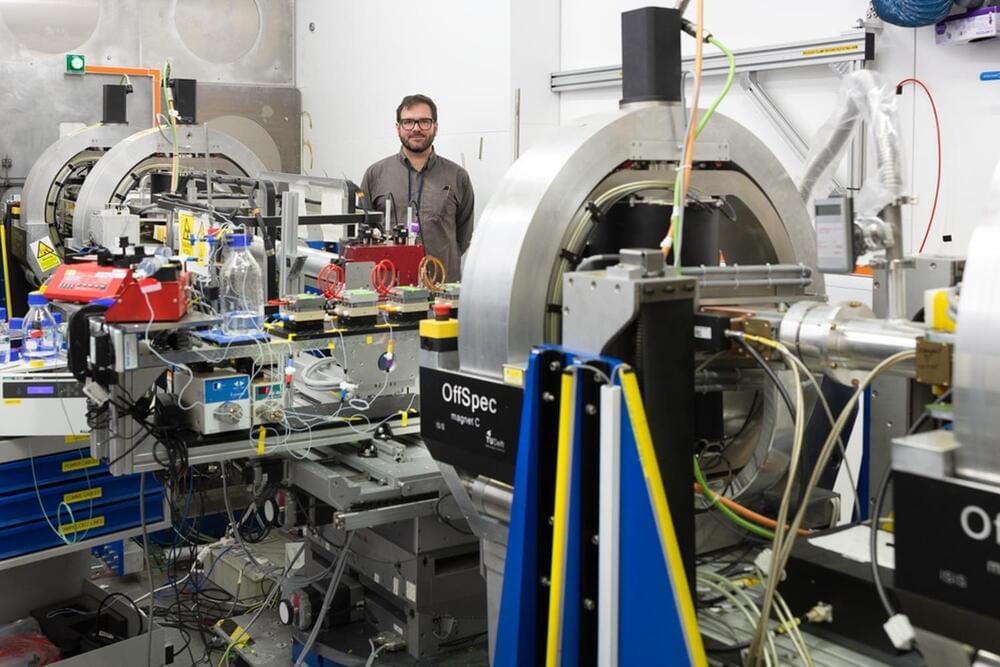Year 2021
Brain organoids derived from human pluripotent stem cells can model human brain development and disease, though current culture systems fail to ensure reliable production of high-quality organoids. Here the authors combine human brain extracellular matrix and culture in a microfluidic device to promote structural and functional maturation of human brain organoids.





